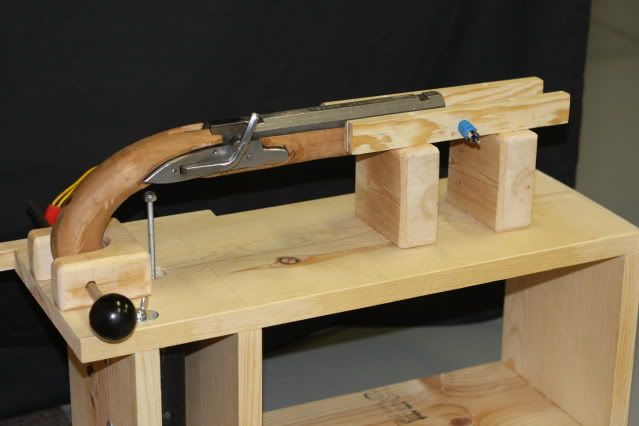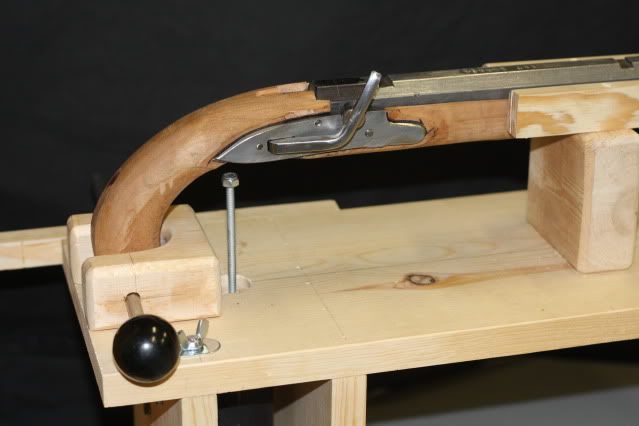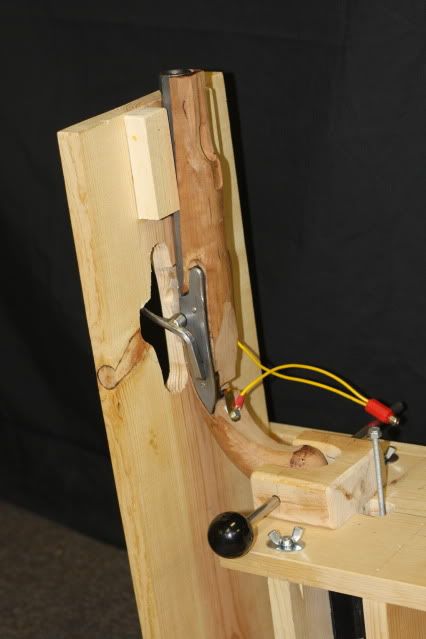There are some information articles posted at the top of The Muzzleloading Forum, one of which includes a section entitled "Myths Dispelled" that seems to be in error.
MYTHS DISPELLED
Flintlocks are actually faster to fire than a percussion gun, all things being equal. By that I mean, if you have two side lock actions, one flint and other percussion, and the flintlock is tuned properly (has the flint mounted properly in the cock, has a good frizzen that sparks, the angle of the cock will throw the sparks into the middle of the priming pan, and the main charge has been poked with a vent pick to allow more than one granule of powder to be ignited by the priming charge at one time), the main charge in a flintlock will be burning before the hammer on the percussion gun strikes the percussion cap. The priming powder ignites and in turn ignites the main charge in the barrel before the cock finishes its stroke and comes to a rest. The percussion gun, by design, has to strike the cap between the hammer and the nipple to cause ignition, so the flintlock has to fire sooner. Flintlocks fire quicker, lock time being equal.
In reality, the excellent hands on experience from actual work performed and then documented in the 'Larry Pletch videos' shows this not to be the case, dispelling this myth about dispelling myths.
:v
MYTHS DISPELLED
Flintlocks are actually faster to fire than a percussion gun, all things being equal. By that I mean, if you have two side lock actions, one flint and other percussion, and the flintlock is tuned properly (has the flint mounted properly in the cock, has a good frizzen that sparks, the angle of the cock will throw the sparks into the middle of the priming pan, and the main charge has been poked with a vent pick to allow more than one granule of powder to be ignited by the priming charge at one time), the main charge in a flintlock will be burning before the hammer on the percussion gun strikes the percussion cap. The priming powder ignites and in turn ignites the main charge in the barrel before the cock finishes its stroke and comes to a rest. The percussion gun, by design, has to strike the cap between the hammer and the nipple to cause ignition, so the flintlock has to fire sooner. Flintlocks fire quicker, lock time being equal.
In reality, the excellent hands on experience from actual work performed and then documented in the 'Larry Pletch videos' shows this not to be the case, dispelling this myth about dispelling myths.
:v







